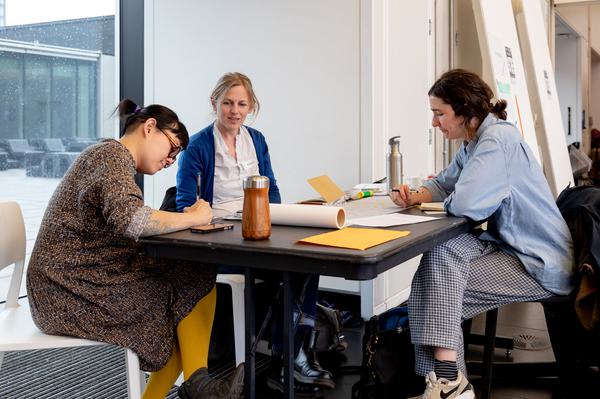How to Write a Compelling Artist’s Statement: Tips and Insights

Social Works Live (2019), Manchester, Axis Event
Creating an artist’s statement can seem daunting. It’s a unique challenge to articulate the essence of your work and your creative journey.
Understand Your Audience
Begin by considering who will read your statement. Tailor your language to suit their level of familiarity with art, ensuring your message is accessible and engaging. Ask yourself:
- Who is my audience?
- What might they already know about my work or art in general?
- What key message or feeling do I want them to take away?
State the Obvious
Don’t shy away from the basics. Describing what your work involves clearly and directly can be incredibly powerful.
Embrace Simplicity
A concise statement can be more impactful. There's no need for lengthy explanations - keep it to the point.
Focus on Your Perspective
Your statement is a window into your world. Concentrate on your experiences, thoughts, and processes. This is about you and your art, not others'.
Simplify Your Analysis
Let your work breathe. Offer just enough insight into your influences and methods without overwhelming your reader.
Communicate Intentions, Not Interpretations
Share what drives you and the purpose behind your work, leaving the interpretation to the viewer.
Offer Genuine Insights
Sharing something personal can make your statement stand out, but balance is key. Be open without oversharing.
Use the First Person
Writing about yourself in the third person can feel impersonal. Your statement should be a direct communication from you to your audience. If someone else contributes to your statement, clarify their role and their perspective on your work.
Stay Positive
Approach your statement with confidence. This is not the place for justifying or defending your work—it's an opportunity to celebrate and share it.
Proofread and Revise
Errors can distract from your message, so carefully check your spelling, grammar, and punctuation. Don't hesitate to ask for feedback or help from someone you trust.
Keep Iterating
Remember, your first draft doesn't have to be perfect.
Samuel Beckett said,
“Try again. Fail again. Fail better.”
Your artist’s statement will evolve as your work does, so be open to revisiting and refining it over time.
Share this article
Helping Artists Keep Going
Axis is an artist-led charity supporting contemporary visual artists with resources, connection, and visibility.


